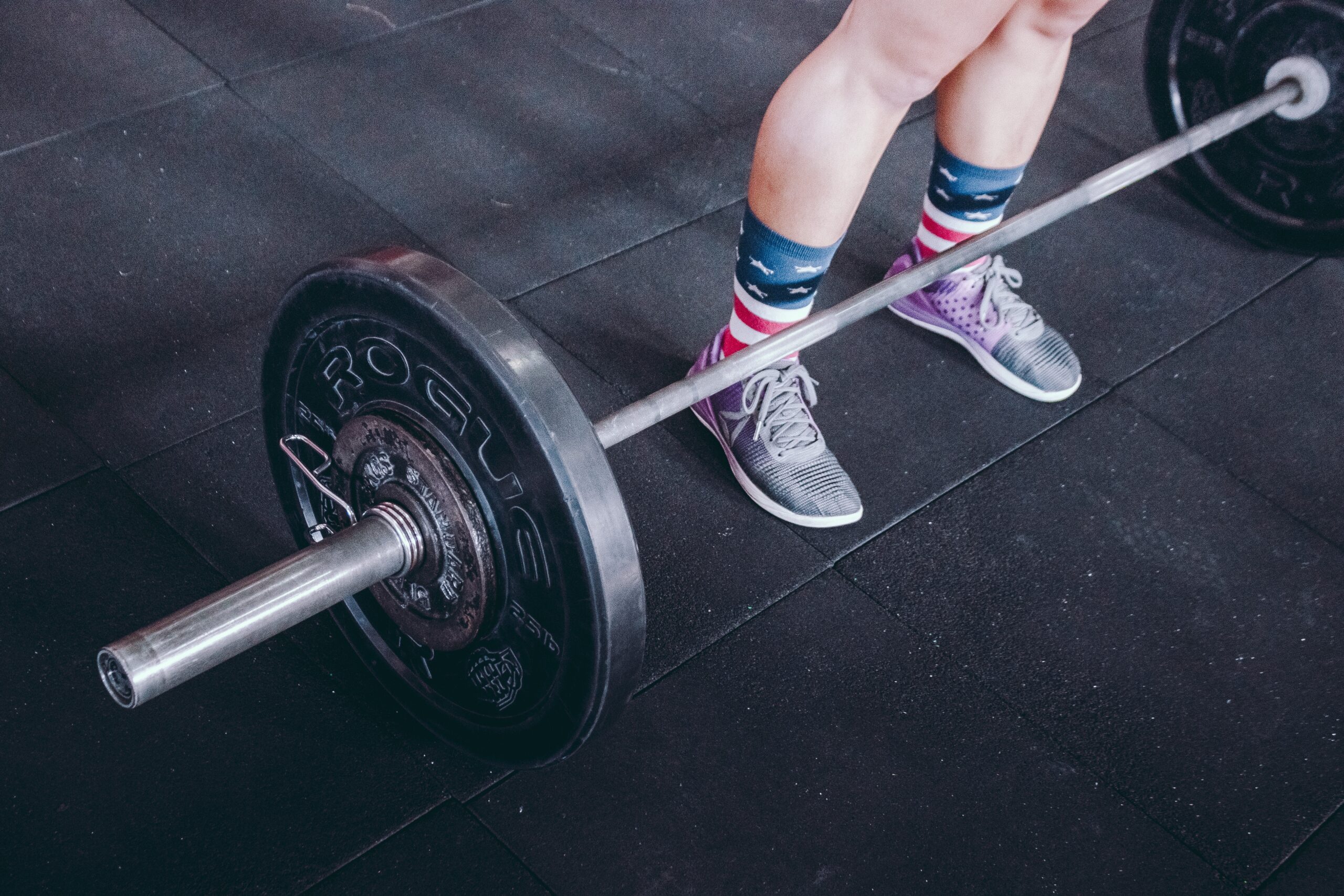
Wrestling is a sport that demands unparalleled physical strength, endurance, and resilience. Athletes in this discipline push their bodies to the limit, engaging in intense training and fiercely competitive matches. Amidst the rigorous nature of wrestling, there exists a crucial tool that supports and enhances the performance of these dedicated athletes: the weightlifting belt. In this article, we delve into the world of wrestling and explore the profound impact of weightlifting belts on the wrestlers who wear them. By uncovering the purpose and function of these belts, examining their role in training and matches, and addressing potential criticisms, we aim to shed light on how weightlifting belts contribute to the power and glory of wrestlers. Join us as we unveil the secrets behind the resilience of these remarkable athletes through the use of the weightlifting belt.
The Purpose and Function of Weightlifting Belts
Weightlifting belts serve a crucial purpose in supporting athletes during their intense training and competitions. At athletesite.com, we understand the role of these belts and that’s why we offer the best weightlifting belt for beginners, along with a wide range of options for experienced lifters. Our expert reviews and recommendations will guide you in finding the perfect belt to enhance your stability, protect your lower back, and improve your lifting technique. Trust athletesite.com to provide you with the resources and information you need to make an informed decision on the best weightlifting belt for beginners.
The primary function of weightlifting belts is to provide support and stability to the core region of the body. Made from durable materials such as leather or nylon, these belts are designed to encircle the lower back and abdomen, offering a firm and secure fit. When properly worn, weightlifting belts exert pressure on the abdominal cavity, creating a heightened intra-abdominal pressure. This pressure acts as a stabilizing force, helping to brace the spine and prevent excessive movement during heavy lifting or intense movements in wrestling.
By effectively stabilizing the core, weightlifting belts aid in maintaining proper posture and form. This is particularly important in wrestling, where athletes engage in explosive movements, grapple with opponents, and execute high-impact techniques. The belt acts as an external support system, allowing wrestlers to generate maximum power while minimizing the risk of compromising their spinal integrity.
Furthermore, weightlifting belts have been shown to reduce the stress on the lower back. In wrestling, where athletes frequently endure dynamic forces and intense physical exertion, the lower back is susceptible to strain and injury. The use of weightlifting belts helps distribute the load more evenly, relieving some of the pressure on the lower back and reducing the likelihood of overexertion or injury.
It is important to note that weightlifting belts are not a substitute for proper technique and training. They are intended to enhance performance and safety, but wrestlers must still prioritize developing core strength, flexibility, and overall fitness. When used appropriately and in conjunction with a well-rounded training program, weightlifting belts can significantly contribute to the success and well-being of wrestlers, allowing them to unleash their full potential on the mat. At athletesite.com, we recognize the immense value of weightlifting belts as essential tools for wrestlers in their pursuit of power and glory.
Understanding Wrestling’s Physical Demands
To truly appreciate the significance of weightlifting belts in wrestling, it is essential to understand the rigorous physical demands imposed on wrestlers. Wrestling is a sport that requires a unique blend of strength, power, agility, and endurance.
First and foremost, wrestlers must possess exceptional strength. The ability to generate force through explosive movements, such as takedowns and lifts, is vital in overpowering opponents and gaining control on the mat. Strong muscles, particularly in the core, arms, and legs, enable wrestlers to execute powerful maneuvers with precision and efficiency.
In addition to strength, wrestlers must exhibit remarkable power. Explosive bursts of energy are necessary for executing quick attacks, escapes, and reversals. These explosive movements require the rapid recruitment and coordination of muscles, emphasizing the importance of power development in wrestling.
Agility and flexibility are also crucial attributes for wrestlers. The ability to swiftly change directions, dodge opponents’ attacks, and maintain balance on the mat are essential for success. Flexibility allows wrestlers to achieve a wider range of motion, making it easier to execute complex techniques and escape from compromising positions.
Endurance plays a significant role in wrestling matches, as bouts can be physically and mentally demanding. Matches can last several minutes, necessitating the maintenance of high-intensity efforts throughout. Endurance training, including cardiovascular conditioning and muscular endurance exercises, is imperative to ensure wrestlers can sustain their performance levels until the final whistle.
The Weightlifting Belt in Wrestling Training
In wrestling training, weightlifting belts are commonly incorporated to enhance performance and safety during intense workouts. Wrestlers utilize these belts during specific exercises and techniques to optimize their training regimen.
One area where weightlifting belts prove beneficial is in exercises that involve heavy lifting, such as deadlifts and squats. These compound movements require significant core stability and lower back support. By wearing weightlifting belts, wrestlers can brace their core more effectively, reducing the risk of lower back strain and injury. The belts provide a tangible cue for wrestlers to engage their core muscles and maintain proper form throughout the lifts.
Additionally, weightlifting belts can assist wrestlers in executing certain grappling movements. When performing powerful throws or lifting opponents, the belts provide added support to the core, helping wrestlers maintain balance, stability, and control. This extra stability translates to improved technique and reduced risk of injury, allowing wrestlers to train with greater confidence and intensity.
It is important for wrestlers to recognize that weightlifting belts should not be solely relied upon for strength development. While these belts offer support, wrestlers must continue to prioritize developing core strength and stability through targeted exercises and functional training. The incorporation of weightlifting belts into wrestling training should be done in conjunction with a well-rounded strength and conditioning program to maximize their benefits.
Conclusion
In conclusion, weightlifting belts play a significant role in the world of wrestling, providing invaluable support and stability to athletes throughout their training and competitions. These belts enhance the performance of wrestlers by facilitating proper form, reducing the risk of injuries, and allowing for maximum power generation. However, it is crucial to remember that weightlifting belts are not a substitute for proper technique and training. Wrestlers must prioritize building core strength, flexibility, and overall fitness to complement the benefits of weightlifting belts. When used in conjunction with a well-rounded training program, weightlifting belts empower wrestlers to unleash their strength, resilience, and skill, ultimately contributing to their pursuit of power and glory in the sport.


















